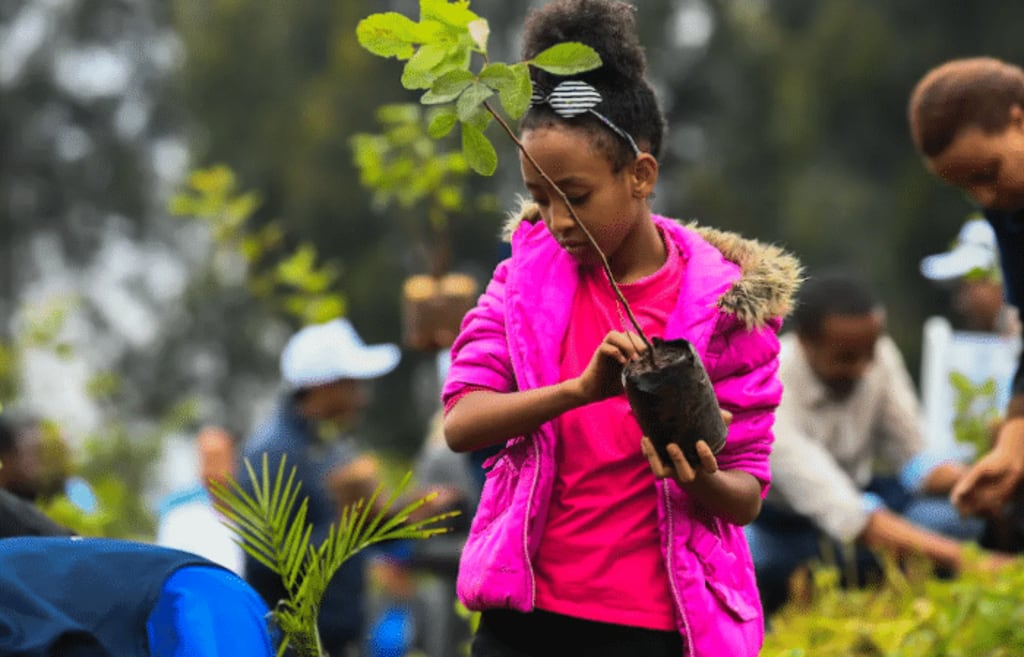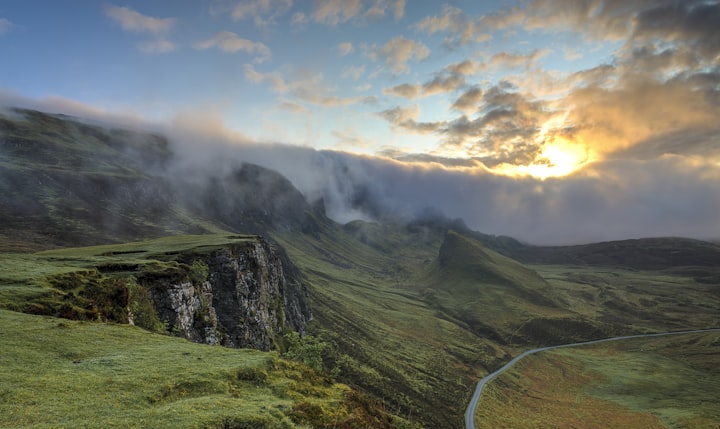What would be the impact on the Earth's climate if 8 billion trees were planted each year over a 20-year period?
The impact of planting 8 billion trees per year on the Earth's climate

The relationship between tree planting and global climate
What would happen to the Earth if we planted 8 billion trees on the planet every year for 20 years?
The planet's politicians, business leaders, young people, and celebrities are calling on everyone to plant millions, billions, or even trillions of trees to improve the climate.
Currently, there are nearly 8 billion people on the planet. If everyone planted a tree every year for the next 20 years, 160 billion new trees would be produced.
Can planting a lot of trees slow down climate deterioration?
And carbon.
Carbon dioxide is the main gas that causes global warming. Trees and other plants convert carbon dioxide into carbohydrates through photosynthesis, and they use these carbohydrates to produce stems, leaves, and roots.
The amount of carbon that each tree can store varies greatly. It depends on the type of tree, the area where it grows, and the age of the tree.
Let's assume that a tree can absorb 50 pounds of CO2 per year, and everyone plants one per year for 20 years, and each tree survives, which is unlikely to happen - those 20 trees absorb about 1,000 pounds (half a ton) of CO2 per year.
In the U.S., annual per capita CO2 production is a staggering 15.5 tons, while in India, annual per capita CO2 production is 1.9 tons. This means that if each person in the U.S. planted an average of one tree per year when all 20 trees are grown, they would only offset 3% of their annual CO2 production. But in India, it would offset 26% of their annual CO2 production.
Planting trees is naturally an important way to solve the climate problem, but there are more important ways to solve the climate problem.
Protecting existing trees
There are about 3 trillion trees on the planet today, only half the number there were when human civilization began to develop 12,000 years ago.
Every year, about 15 billion trees are cut down by humans. Many of these trees grew in tropical forests, but now almost the entire world is deforested.
It is important to protect existing forests. Forests not only absorb carbon dioxide, but they are also a habitat for many animals. We should protect it. Trees can provide people with fruit and firewood for burning. In cities, they can provide shade and places to relax.
But trees should not be planted in places where no trees have ever grown, such as natural grasslands and savannas. These ecosystems provide an important living environment for local plants and animals. If the environment there has never been altered, then a lot of carbon has been stored.
More effort.
To slow climate degradation, people need to do more than plant trees. We need to rapidly develop new renewable energy sources, such as solar and wind, to reduce carbon dioxide and other greenhouse gas emissions. Likewise, people need to drive and fly less and eat less meat, which releases more carbon per calorie than vegetables and grains when converting energy.
Everyone in society, including business people, politicians, governments, adults, and children, needs to do their best to reduce fossil fuel emissions. It's very stressful to think about what you as a person should do to help a planet improve its environment. Fortunately, there are many ways to do it.
Volunteering with a local environmental organization is one way to protect and restore local habitats. There are also new ways to travel that you can discuss with your family, such as biking, walking, or taking public transportation, and using these green ways to travel instead of driving a private car.
In addition, don't be afraid to lead local or global efforts to preserve trees. Two 11-year-old girls led a campaign to eradicate palm oil because they were worried that growing it would destroy the rainforest.
Sometimes climate change is slow, but after people work together, it will eventually happen.
Related Knowledge
Climate, including many meteorological factors such as temperature, humidity, air pressure, wind (including wind direction and speed), precipitation, and atmospheric composition, is a comprehensive and statistically based general description over a long period (usually more than a few decades) and a specific region; in addition to the "average" of weather, it also includes variations and extremes of weather and the occurrence of anomalies [1]. In contrast to climate, weather refers to the real-time state of these meteorological elements over the last two weeks.
The climate of a place is influenced by its latitude, topography, altitude, snow and ice cover, and nearby water bodies and their status. Climate can be classified according to the average range and particular range of different meteorological elements. Temperature and precipitation are the most commonly used, and the Köppen climate classification is the most common classification system. the Sanswitfee climate classification system [2], put into use in 1948, adds soil moisture evapotranspiration to the two variables of temperature and precipitation. This system is used to study animal species diversity and the potential effects of climate change. Bergeron and space weather classification systems focus on determining the climatic conditions of certain areas through the formation of air masses.
About the Creator
Apostolakis
To make scientific, diligence is the mother of success






Comments
There are no comments for this story
Be the first to respond and start the conversation.